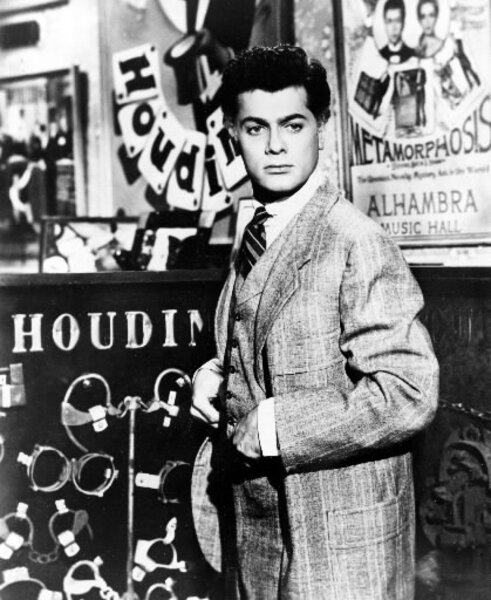We can’t trust our memories, and we can’t always trust our senses, either. The Tardis, the Doctor's multipurpose time machine, generates what is known as a perception filter, so people passing by simply assimilate it into their surroundings without worrying about it. In one episode, a perception filter cloaks a house’s entire second floor; in another, it hides the room in which an escaped mass murder (and an alien one, at that) has hidden for about a decade.
But what the show is calling a perception filter is just an extreme version of one of our biggest cognitive problems: We can’t notice everything. Magic tricks are infamous for taking advantage of that human weakness. Most illusionist magic works by misdirection, steering our attention away from the less-than-magical mechanics supporting the trick.
For example, pickpocket magician Apollo Robbins swipes a participant‚Äôs possessions ‚Äď hat, glasses, wallet ‚Äď just by engaging them in a conversation that keeps their attention away from his pilfering hands. As he told the New Yorker, ‚ÄúIt‚Äôs all about the . Attention is like water. It flows. It‚Äôs liquid. You create channels to divert it, and you hope that it flows the right way.‚ÄĚ





